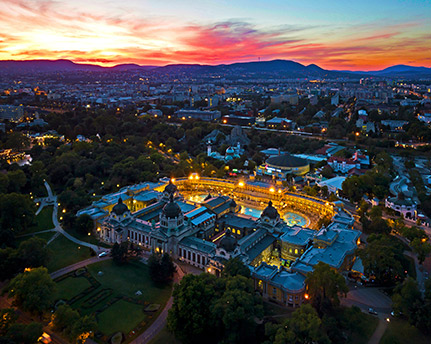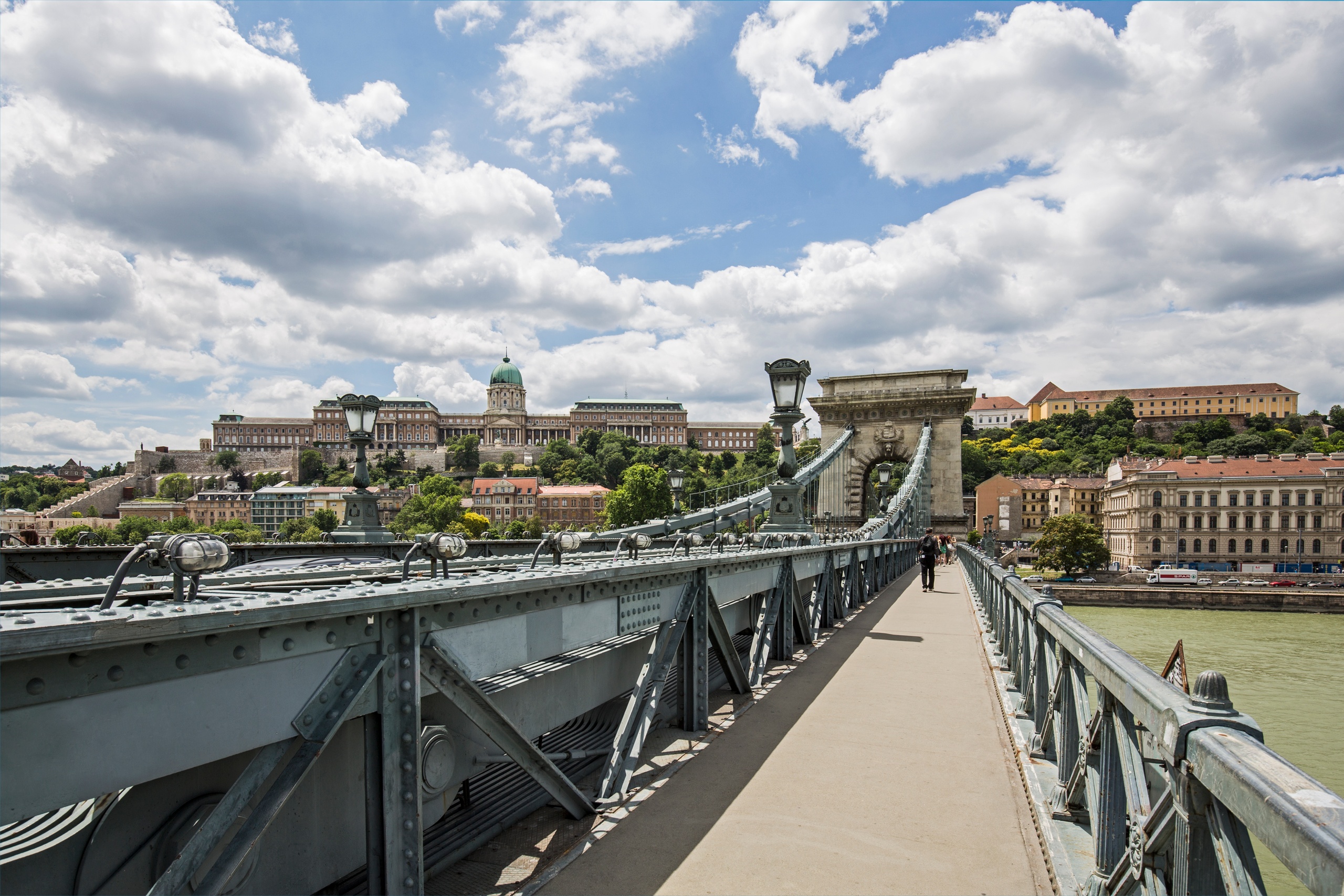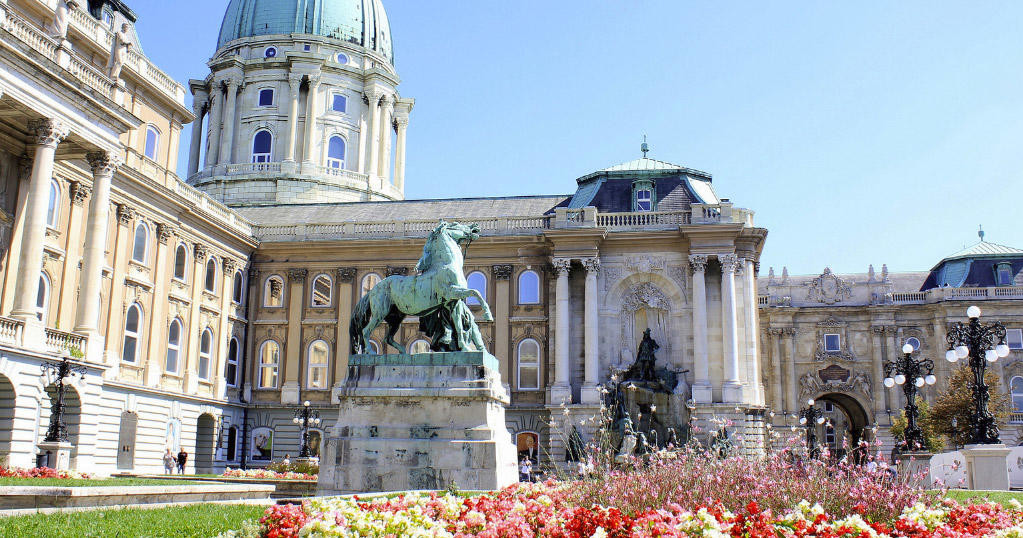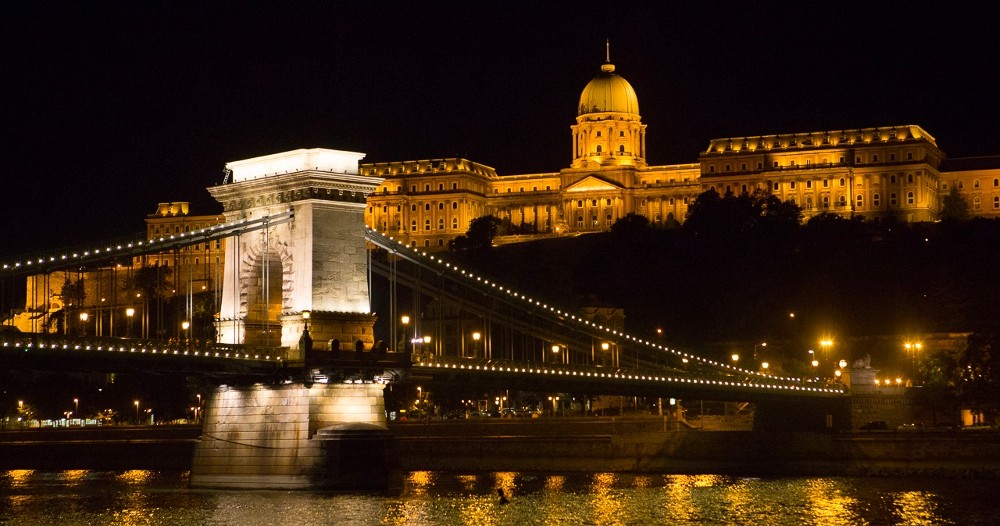Budapest is one of the main thermal cities in the world and one of the most famous is Széchenyi spa, a true symbol of the city. In this article we will explore a bit more about these famous thermal baths.
The Hungarian capital is synonymous with hydrotherapy. In fact, it is the city with the most medicinal water springs in the world, with 118. Although their existence was known about centuries ago in Roman and Turkish times, it was in the late nineteenth century and early twentieth century that many of the current spas were built. One of them is the over hundred-year-old Széchenyi spa, the largest in Europe.
History: the origins of the baths
Although the project dates back to 1881, work began to build Széchenyi baths in 1909 in Városliget Park, or City Park, in the Baroque Revival style devised by Győző Czigler. Work finally came to an end in 1913. In its first year, over 200,000 bathers visited Széchenyi, which at the time consisted of both public and private baths, separated for men and women.
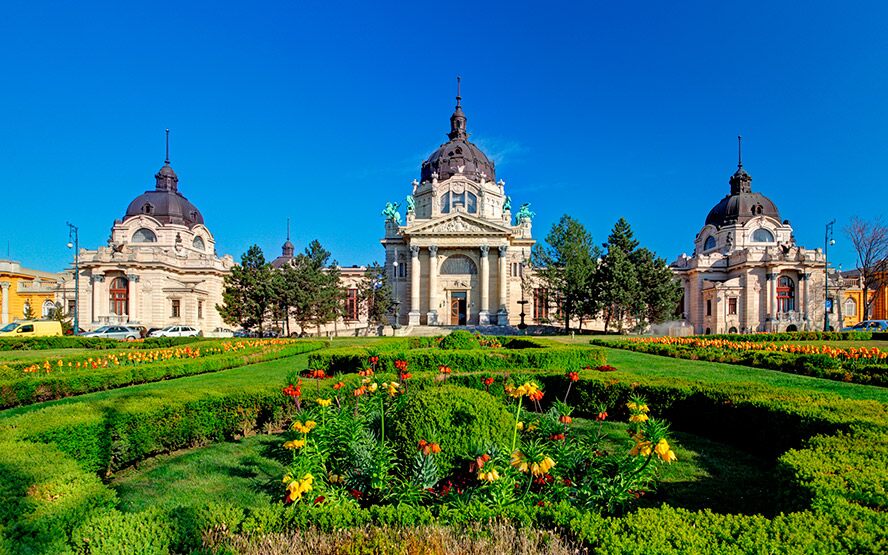
In 1927 the complex was expanded to include three outdoor pools and another 15 indoor pools, which still exist to this day. Soon after, in 1938, a new well was drilled, since the original one could not supply the volume of water needed after the facilities were expanded. Between 1999 and 2009 the baths underwent major renovations.
Széchenyi is named after István Széchenyi, a nineteenth-century politician and writer nicknamed ‘the greatest Hungarian’.
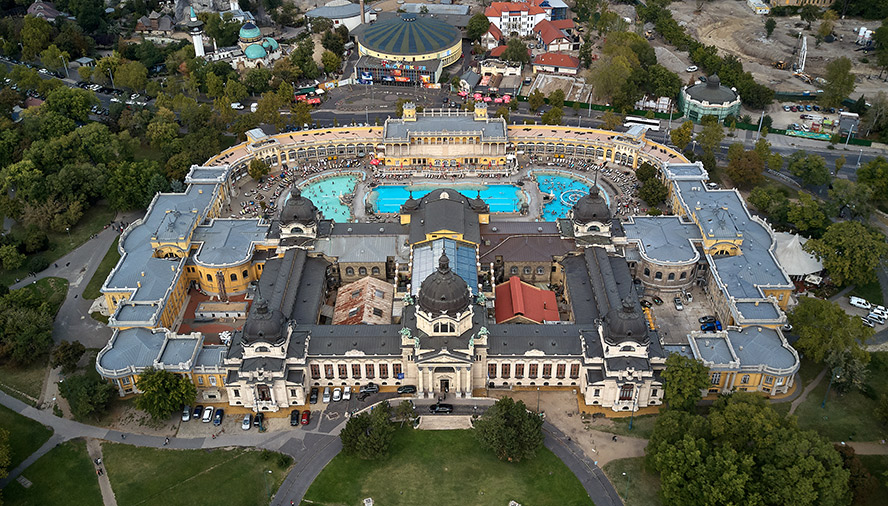
Description and facilities
Széchenyi Baths boast both indoor and outdoor facilities. Inside the building there are 15 thermal baths and pools as well as another 10 saunas and steam baths. Taking a relaxing dip surrounded by the striking Baroque Revival architecture is a true delight. Arches, columns, sculptures, balustrades and windows appear throughout the complex, making bathers feel like they have been transported back to the nineteenth century.
Outside there are three pools spanning 2,185 square metres with a maximum capacity for 692 people as a whole. The temperature of the outdoor pools ranges between 26 and 38 degrees centigrade, depending on each one. Three large pools at different temperatures where you can bathe in a beautiful, elegant setting, especially at sunset and in the evening, the best times of day to enjoy the thermal waters of Széchenyi.
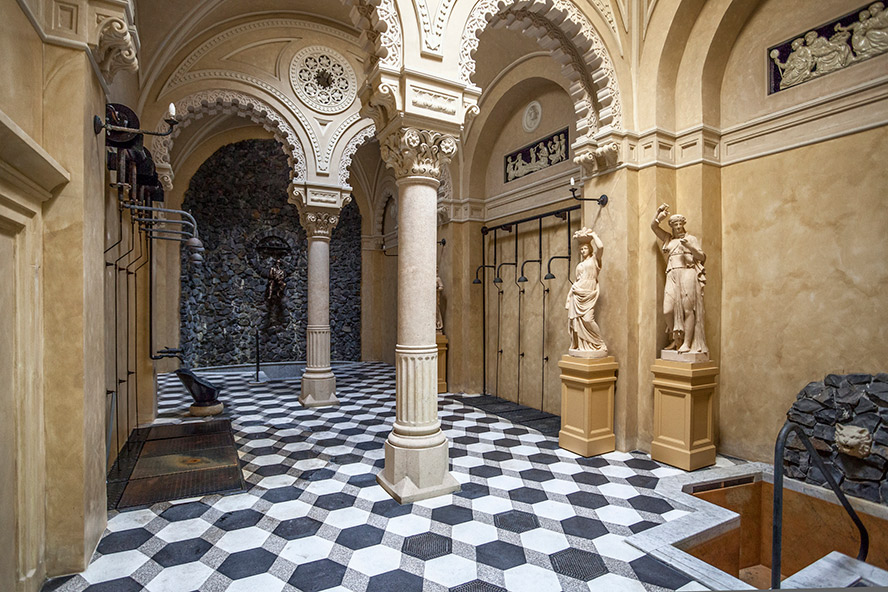
Health benefits of the water at Széchenyi Baths
The water from the Szent Istvan well is rich in minerals such as sulphate, sodium, calcium, magnesium, bicarbonate, fluoride and metaboric acid. Therefore, the water is recommended for chronic arthritis, circulatory diseases and herniated discs as well as for other orthopaedic and traumatology treatments.
There is also a source of drinking water recommended for patients with chronic gastritis, gastric reflux and urinary tract problems.
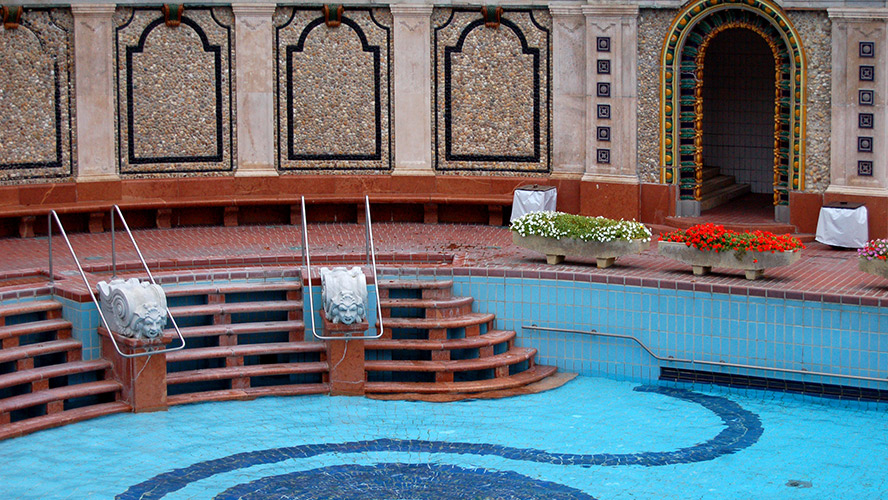
Sparty: night parties at Széchenyi
Have you ever experienced bathing in over 30-degree water in the middle of the night? The relaxing appeal of a spa such as Széchenyi can also be transformed into a night party with the best electronic music, lights, fire and dancers.
Every Saturday night, the outdoor area of Széchenyi becomes Sparty, a large nightclub set in a thermal bath. The event attracts a large number of people from all over the world including tourists, visitors to the city and groups of friends on hen and stag dos. If you would like to see Széchenyi from a new perspective and enjoy an unforgettable night, take a dip at Sparty.
What to take to Széchenyi Baths
There are a series of mandatory hygiene rules that all users must follow at Széchenyi Baths. To enter you must have swimwear, a towel, a pair of flip flops and a swimming cap. If you did not pack any of these items in your suitcase before your trip, do not worry, as it is possible to buy or hire swimwear at the baths themselves.
You should also bring soap for showering before and after bathing in the pools.
Admission also includes a locker to put your things in whilst you bathe.
Tickets for Széchenyi Baths can be bought at the spa itself or on-line. You can choose between a full day ticket or an afternoon ticket. There is also the option of including a treatment in your ticket.
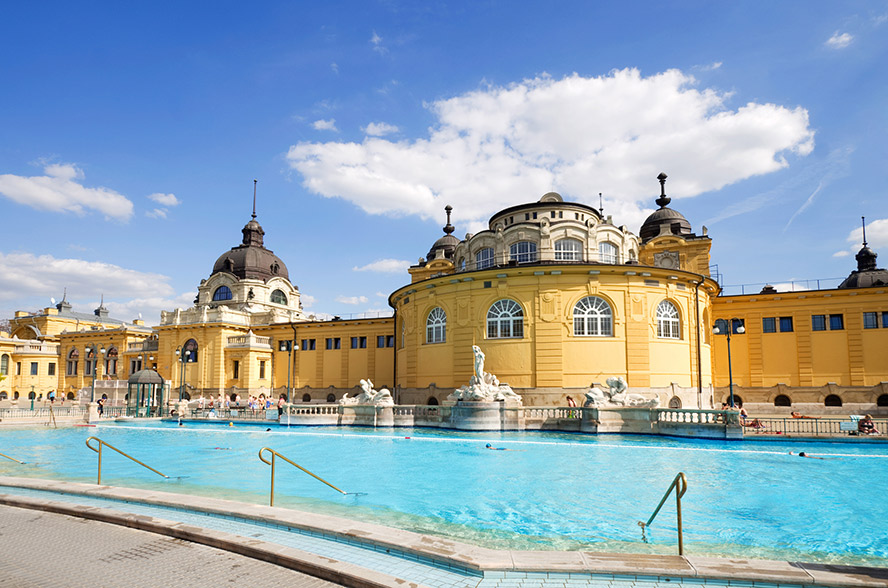
Where to eat close to Széchenyi spa
Széchenyi has a café that you can access directly from the pools, offering simple self-service dining options.
What’s more, Széchenyi Baths is situated inside Városliget Park, where there are a number of cafés and small restaurants. If you are looking for something a little more upmarket, you can try Városliget Café or Robinson, two restaurants right on the lake.
If you prefer something simpler, however, be sure to check out Zold Kullo or Pantlika Bistro, two spots with terraces serving affordable fare.
Where to sleep in Budapest
If you are planning a trip to Budapest, we recommend checking out the Barceló Budapest, a modern, four-star hotel in an excellent location, just a few minutes away from Andrassy street and landmarks such as St Stephen’s Basilica, the Opera House and the Chain Bridge.
The hotel has 179 rooms, some of them with views, as well as a restaurant, bar, 24-hour gym and a Sky Bar. It boasts a very modern and comfortable style, perfect for an urban stay in Budapest.



























































